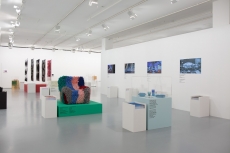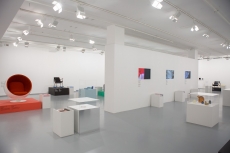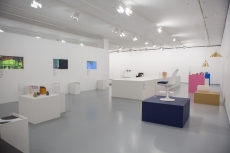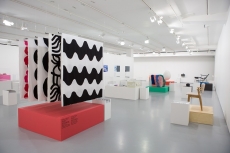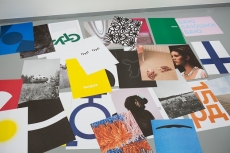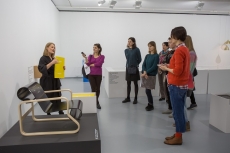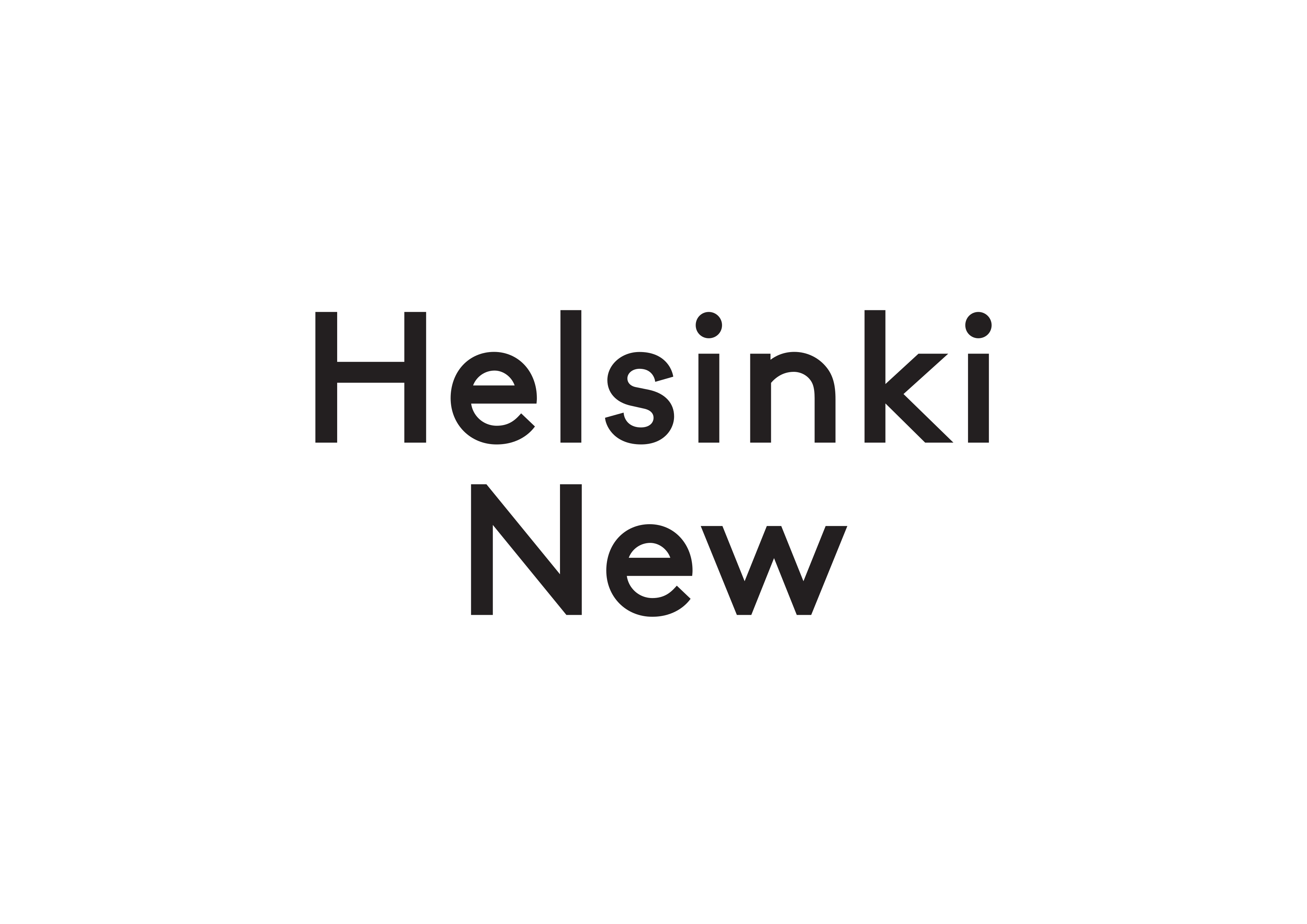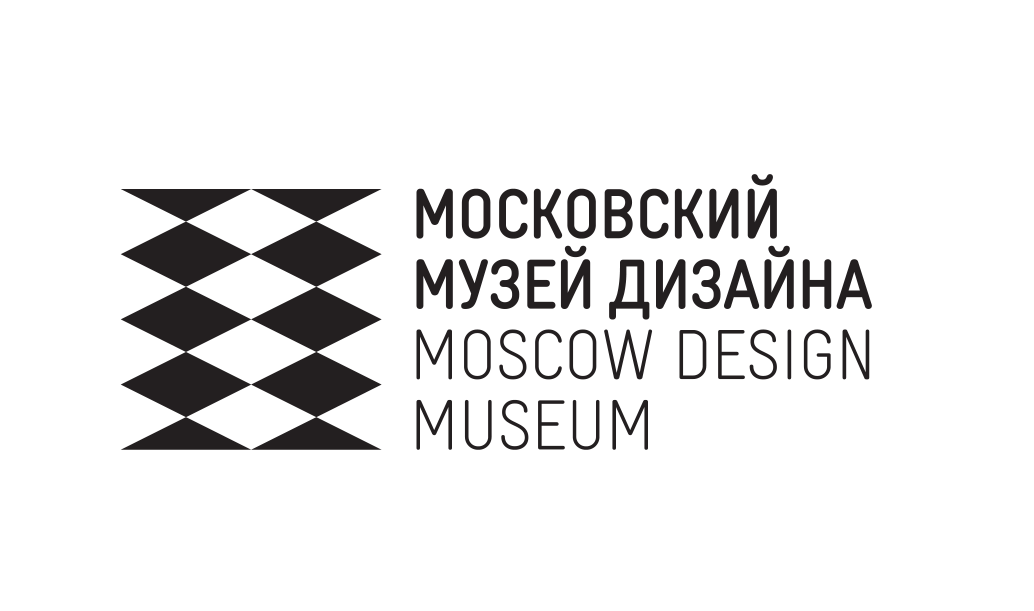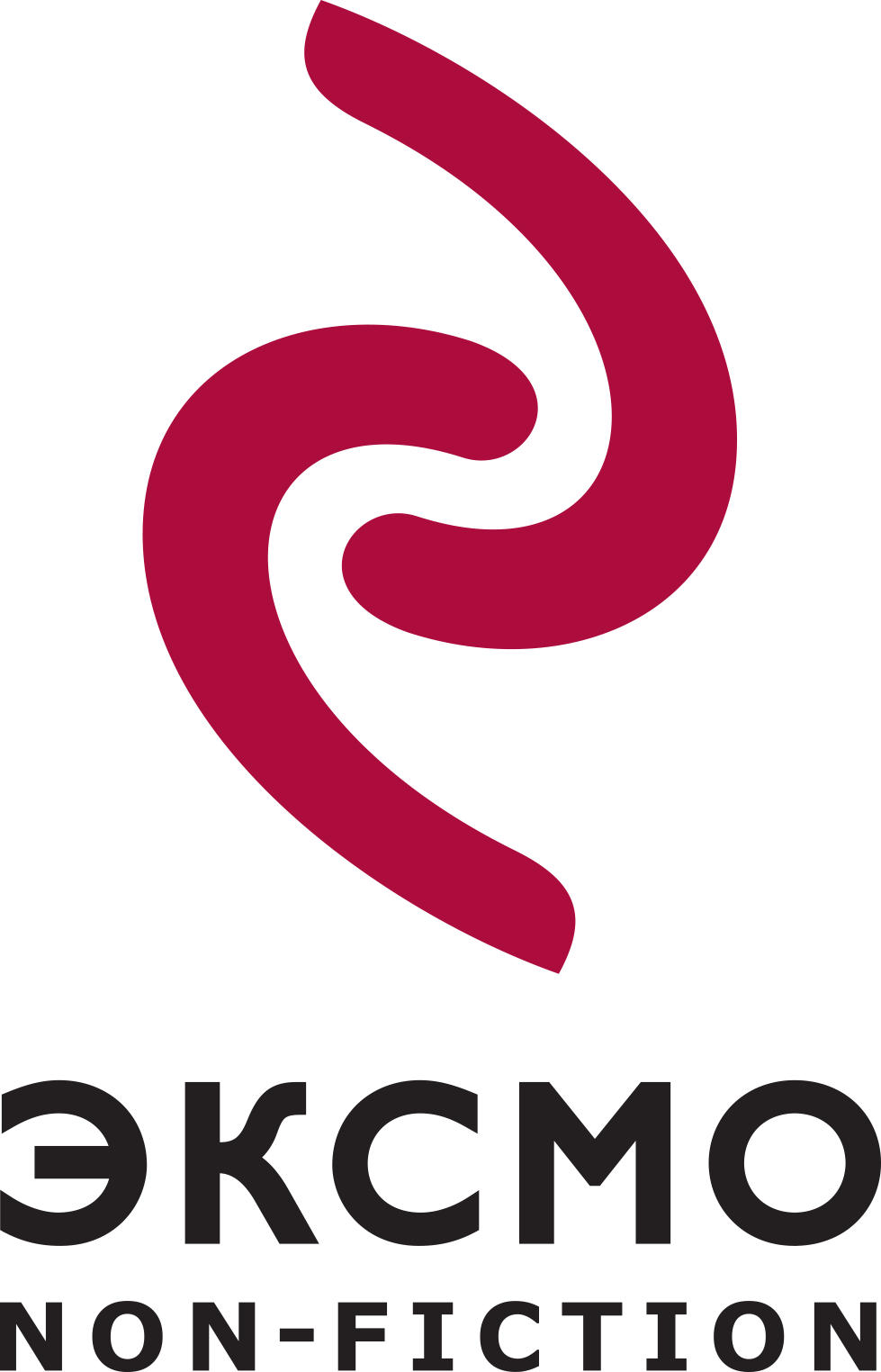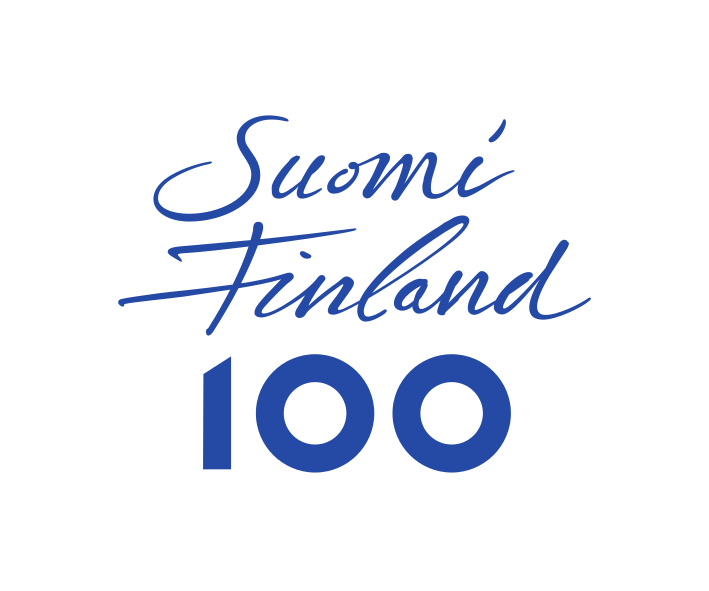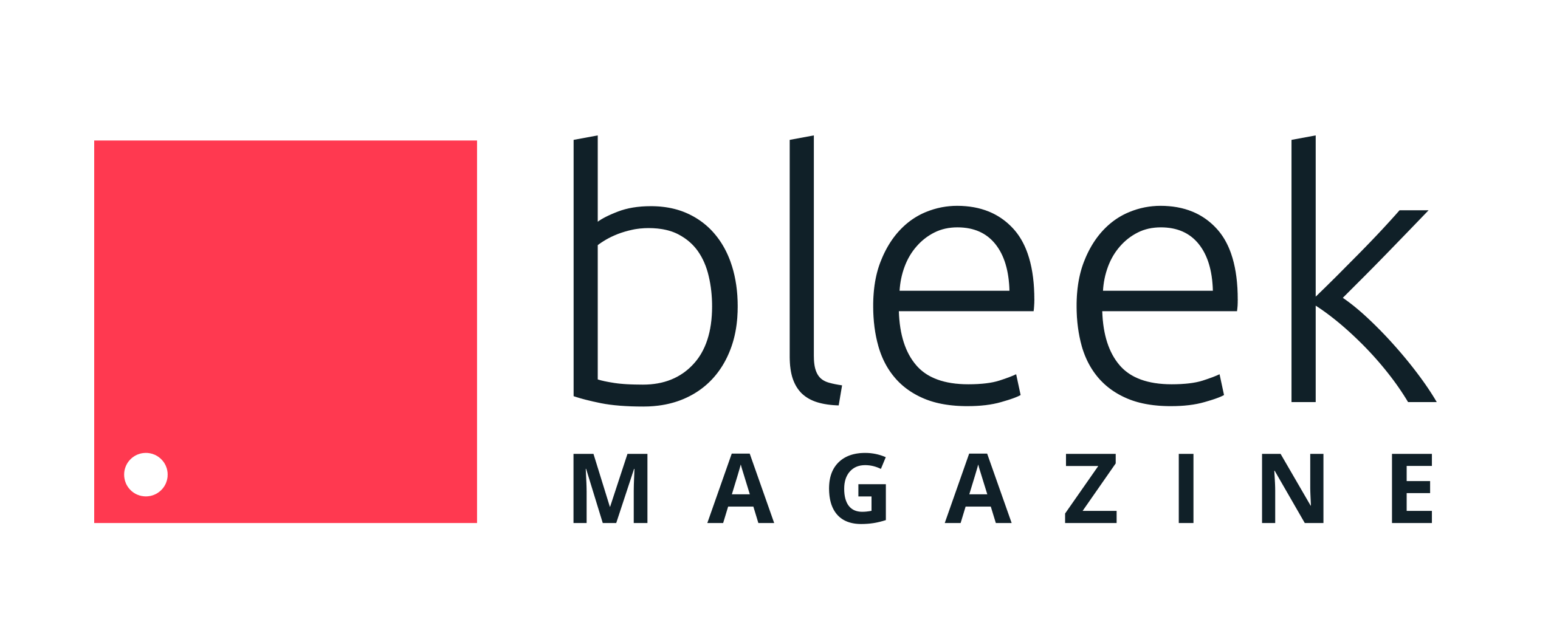33 Beginnings – 100 years of Finnish design
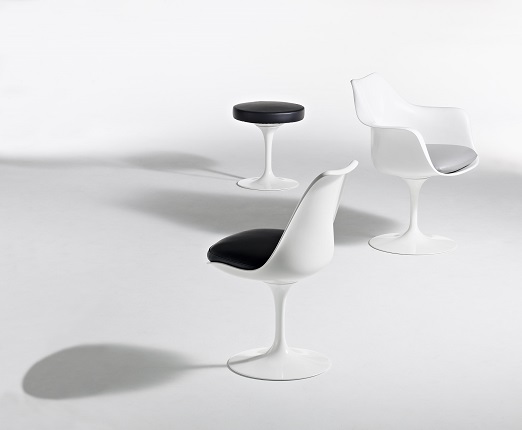
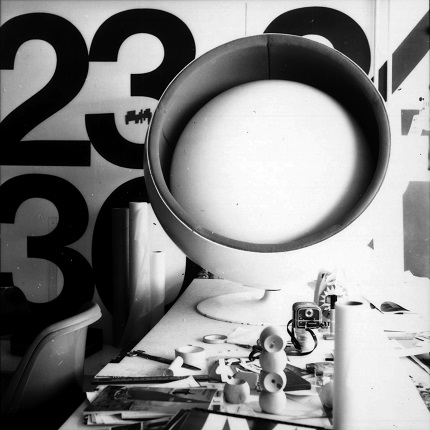
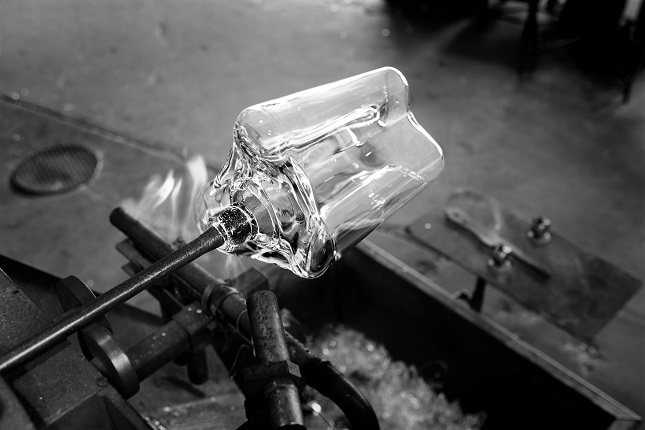
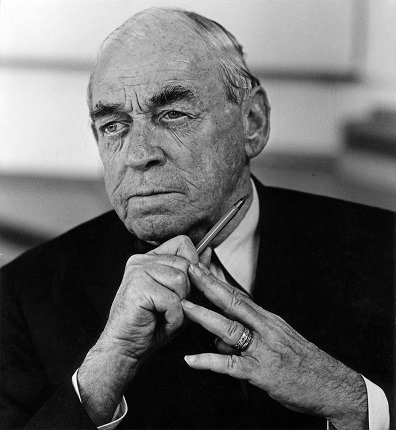
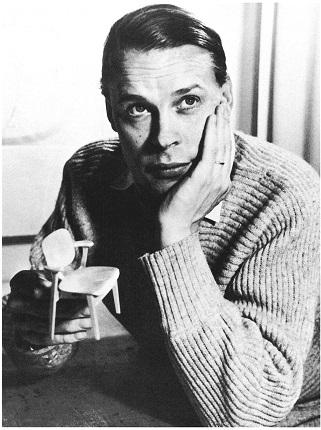
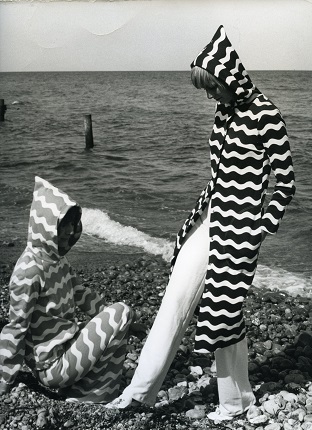

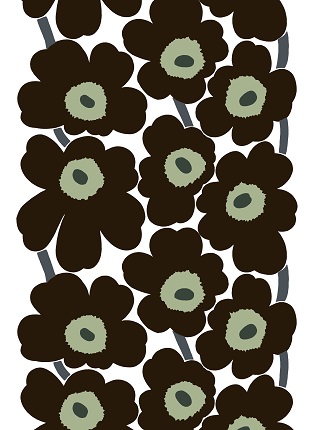
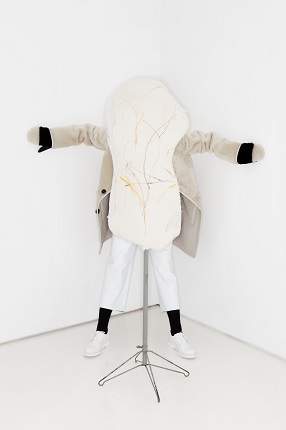
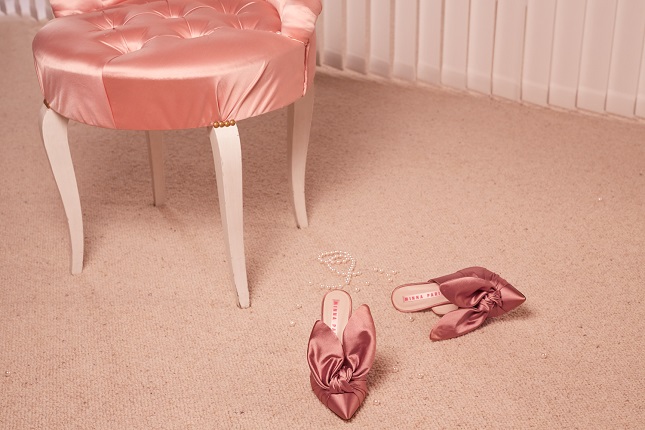
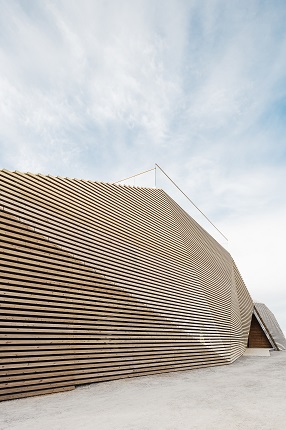
Eero Saarinen Pedestal Collection with Tulip Chair and Tulip Arm Chair and Stool. 1957 © Knoll
Eero Aarnio. Ballchair (1963) and Pastil Chair (1967) © Eero Aarnio Archive
Alvar Aalto. Savoy Vase production at Iittala. 1936 © Iittala
Architect Alvar Aalto.1970 © Ensio Ilmonen for Lehtikuva Courtesy of Iittala
Ilmari Tapiovaara with Domus miniature chair. 1946 © Design Museum Helsinki
Maija Isola. Seagul print. 1961 © Marimekko Courtesy of Design Museum Helsinki
Kaj Franck. Kilta tableware.1948—1952 © Rauno Traskelin Courtesy of Design Museum, Helsinki
Maija Isola. Unikko.1964 © Marimekko
ONAR Studios. ONAR BLANK Collection AW 2017 © Kristiina Mannikko Courtesy of ONAR Studios
Minna Parikka. Bunny shoes. 2014 © Minna Parikka
Avanto Architects. Löyly Public Sauna. 2016 © Avanto Architects 2016
Moscow, 16.11.2017—4.02.2018
exhibition is over
Share with friends
For the press
The exhibition 33 Beginnings – 100 Years of Finnish Design invites to take a look into the past and present of the Finnish design. Each object or initiative became a symbol to represent the new era, was a starting point for a new way of thinking and new actions. The exhibition tells a story of how, throughout the past 100 years, the designs carry key features of the changes that happened in Finnish society. The opening of 33 Beginnings – 100 Years of Finnish Design is one of the largest events in Russia celebrating 100 years of Finland’s independence.
Finnish society can be called on of the most egalitarian in the world. In 1906 Finland became the first European country to allow women to vote. Democratic principles of the country were also mirrored in the designs of the everyday life objects. Finnish design is available for everyone, regardless of the age, gender or background.
Items on show have taken extremely long journey from the initial idea to the user. The careful development process has made them successful products and living classics. All of the exhibited designs are still in active use, whether they originated from the thirties, sixties or eighties, are still loved by people all over the world.
‘The exhibition has been curated specifically for the Russian audience. The examples of works highlight commonalities shared by our two cultures, such as storytelling, ornaments, arctic moods and handicraft skills, wood construction, and sauna culture,’ explains Suvi Saloniemi, curator of the exhibition.
The exhibition showcases the icons of the Finnish design, such as the chair created by Alvar Aalto, for Paimio Sanatorium in the 1930s: his constructive design helped tuberculosis patients to heal. Right by its side – elegant Ball Chair by Eero Aarnio: an ideal example of the furniture made of the new material – glass fiber, mastered by the industrial designer in 1960s. An important role in the international popularity of the Finnish design was played by the necklace Planetoid Valleys designed by Björn Weckström that adorned Princess Lea’s neck in the Star Wars, and the Ultima Thule glasses by Tapio Wirkkala created for the Finnair airline.
In Finland, design has been seen as a way to enhance the quality of life and wellbeing. In 100 years, design has been harnessed to strengthen health care and education, among other fields. The exhibition demonstrates the maternal care package that the Finnish state started to distributed in the 1940s, in order to attend medical consultations. The introduction of a set of simple clothing and other basic accessories managed to drop the child mortality rate; the box, in which the kit is presented, could be used as a cradle for a newborn. One of the recent examples of such shift is the Kirkkojärvi school (in Espoo), designed by Verstas Architects in 2011. The architecture and spatial design of the school function to enhance the learning process.
‘Finnish design is not yet well known in Russia, ‘explains the exhibition organizer Martta Louekari from Juni Communications. ‘The exhibition opens doors to a new dialogue and is an invitation for collaboration.’
The exhibition 33 Beginnings – 100 Years of Finnish Design is running together with the series of lectures. The design of the exhibition architecture is by Danish brand agency E-Types.
The organizers would like to thank the loaners: Anttinen Oiva architects, Artek, Avanto Architects, Avarte, Com-pa-ny, Design House Stockholm, Design Museum Finland, Eero Aarnio Originals, Fiskars, Innolux, Iittala, KELA, Klaus Haapaniemi, Knoll, Kyrö Distillery, Lapponia, Marimekko, Minna Parikka, Museum of Finnish Architecture, Nokia, ONAR Studios, OURA, Ragamuf, YIT, Verstas Architects, Vuokko

